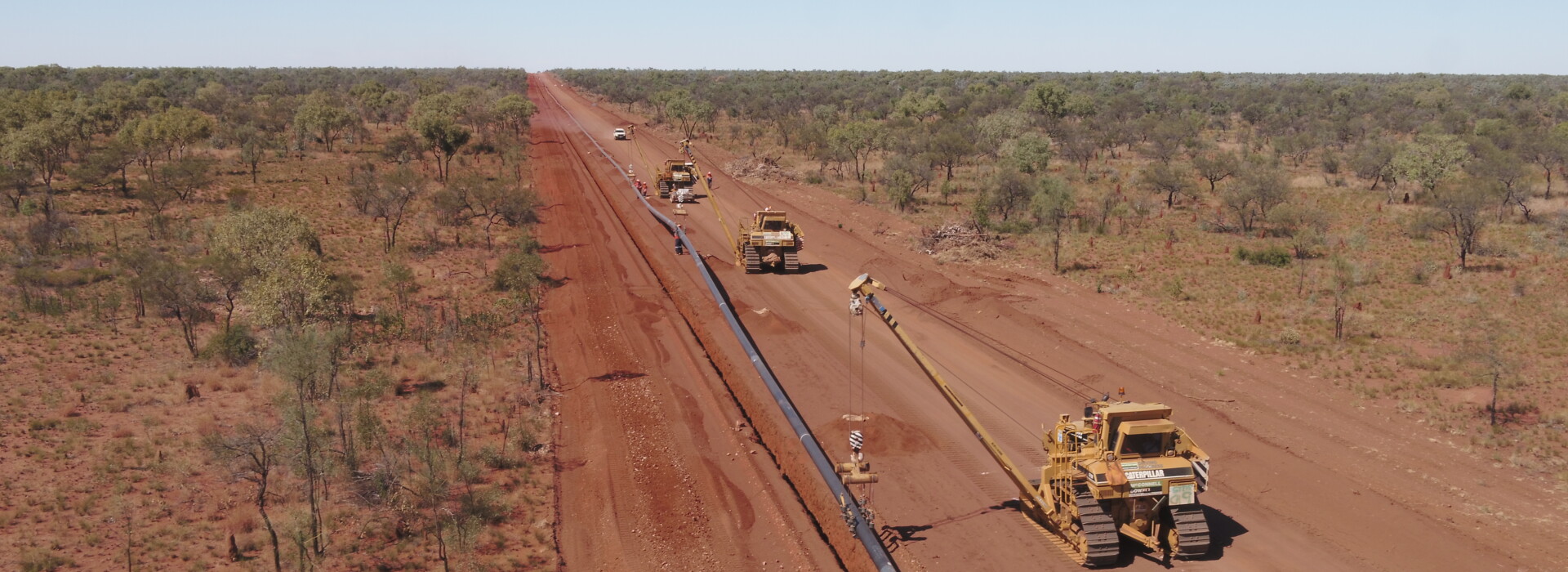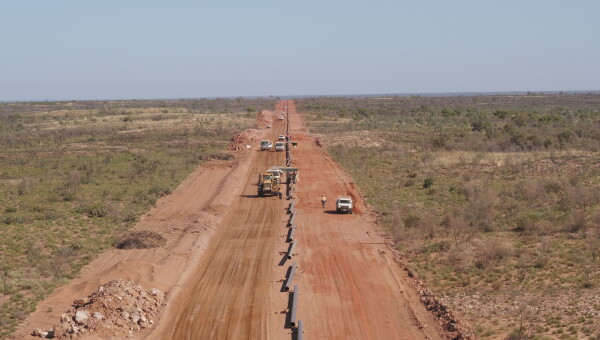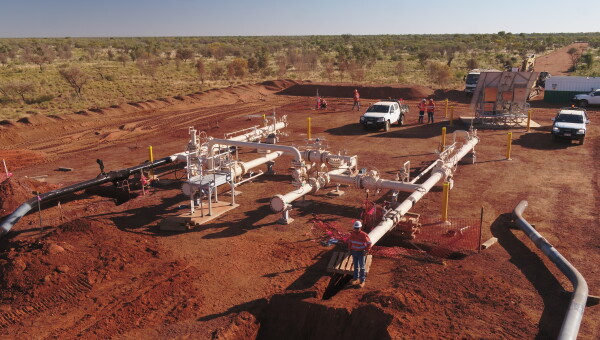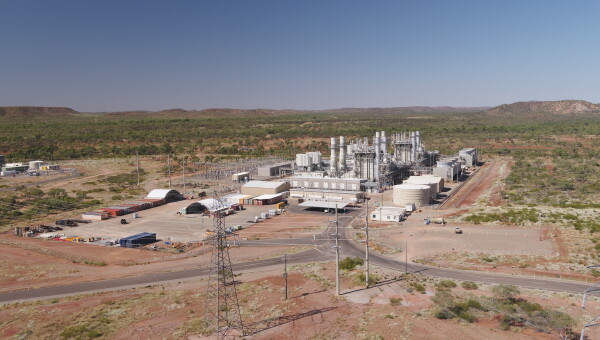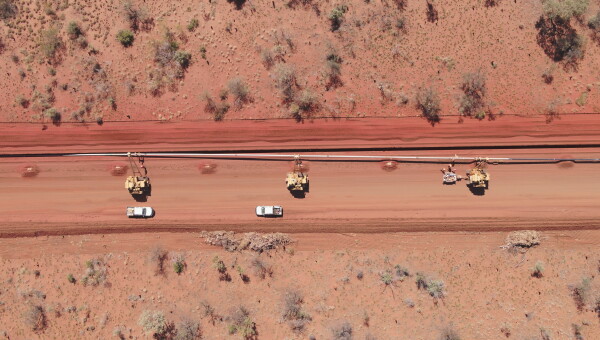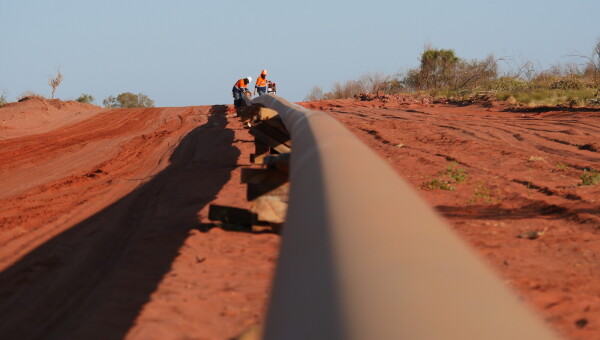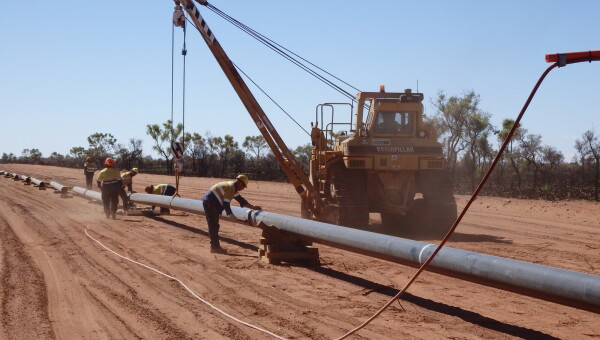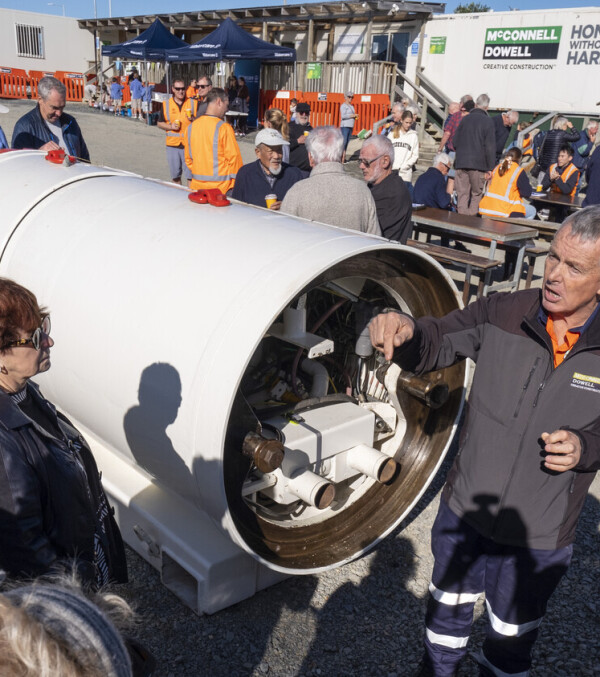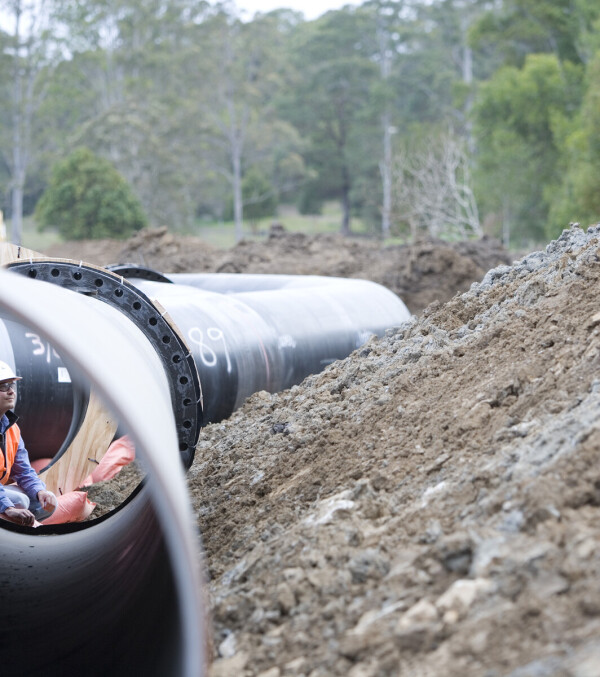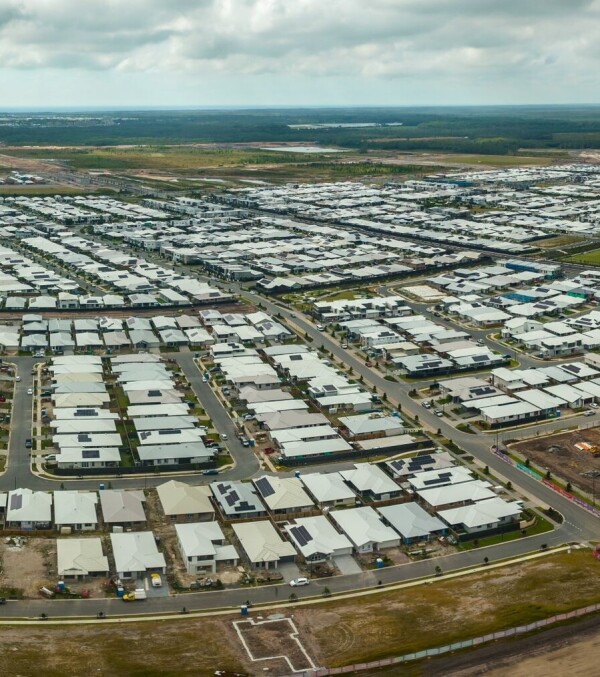|
Customer: Jemena Contract: Early Contractor Involvement Location: Northern Territory & Queensland, Australia
|
Fast Facts
|
Engaged by Jemena under an exclusive ECI agreement, we designed and constructed the remote Northern Gas Pipeline, opening up the Northern Territory's gas reserves to industries in Mt Isa, Queensland.
Our scope involved the design and construction of approximately 481 km of 12-inch diameter high pressure gas transmission pipeline and associated pipeline facilities including two mainline valves and a midline scraper station. The pipeline transports gas from existing offshore and onshore gas reserves in the Northern Territory and will supply this gas to Incitec Pivot’s Phosphate Hill plant located south of Mt Isa and other users.
Facility fabrication works include the fabrication of above ground Pig Launcher and Receivers, Mainline Valve assemblies and Cathodic Protection (CP) sites. Facility installation works included the construction and installation of three main line valve (MLV) sites, including a deep well anode ground bed at MLV 2. Three CP sites including associated vertical anode ground beds and cabling.
The Northern Gas Pipeline Project was constructed in very remote arid lands roughly stretching between Tennant Creek and east to the Queensland border lands.
Some of the challenges faced on the project include:
- A scarcity of water available for construction activities
- Very high dust levels due to low subsoil moisture conditions and water scarcity
- Extremely high daytime temperatures for some months of the scheduled construction activities
- A variety of land owners including large industrial pastoral companies, private pastoralists, Crown lands and indigenous landowner groups
- Summer wet season – necessitating a break in construction activity.
KEY TO SUCCESS
Working as an integrated team with our client from the outset of the project was the key to success. Early contractor involvement and collaborative project management strategies enabled the team to develop innovative construction solutions to successfully overcome logistical, stakeholder, environmental, and resource constraints.
Operations, design and constructability issues were considered early to achieve optimal, cost-effective outcomes. Effective relationships were built with local construction contractors, local indigenous groups, community groups and regulators to address issues.
The effectiveness of this collaborative relationship enabled the pipeline team to generate optimal solutions at very competitive pricing. Success factors included the establishment of a high-performance project team, strong mutual understanding of roles and accountabilities and a robust framework for adjusting scope and price that provided Jemena with flexibility to adapt to market changes.
WORK HEALTH & SAFETY INITIAVTIVES
Through comprehensive upfront planning, strategic industry partnering, and a relentless focus on safety leadership and management, this high-speed cross-country pipeline project was successfully constructed through some of the harshest physical locations in Australia while achieving outstanding results in safety, productivity and quality.
Beginning with comprehensive and collaborative pre-planning to de-risk the project before construction commenced; through to the holistic safety and wellbeing culture created and nurtured on site, every facet of the project was subjected to strategic safety thinking, strong safety leadership and uncompromising safety management.
The construction of Northern Gas Pipeline project set new benchmarks in pipeline safety performance with:
- More than 550,000 manhours and more than 280 days of physical construction activity with a Total Recordable Frequency Rate of zero and no Medical Treatment or Lost Time Injuries
- The site is spread across 481km and the project team completed more than 5,600,000 kilometres driven on the project (excluding third party transport) with no significant vehicle incidents, collisions of any kind or adverse involvement with vehicles driven by others (general public)
- More than 53,000 pipe joint movements with no dropped pipe.
ENVIRONMENTAL INITIATIVES
The project implemented the use of food dehydrators in the construction camps in 2018. All the food scraps from the camp kitchen where placed into these rather than the bin which resulted in production of good quality compost for use in the site reinstatement.
This initiative also reduced the number of rubbish trucks required to haul the food waste from the camp to either Tennant Creek or Mt Isa (600km trip each way) The dehydration system works by breaking down the food waste and driving off the moisture and drying the food mix.
Over the drying period of around seven hours the volume is reduced by 85-90% and the high temperatures sterilise the mix so that it can be used as a fertiliser.
Energy is used in the system but by avoiding transportation the reduction of carbon footprint is positive. The reusable solids left over from the dehydration process can be used locally in rehabilitation enhancement at specific high risk areas such as watercourses, nutrient poor environments or high trafficked locations as it will add organics to the soil.
- Reduction in the amount of waste needed to be transported offsite to a landfill
- Maintaining the nutrients left over from the food waste closer to site for use as a soil enhancer during reinstatement
- Elimination of addition bins for waste
- Reduction in greenhouse gas emissions for transportation and landfill emissions
- Ease of use for operators with a set and forget type program and low maintenance.
CONSTRUCTION
Planned construction production rates were achieved or exceeded through detailed planning and management of risks including the adverse weather during the summer months through a complete project shut down for three months.
The record was a staggering 413 welds completed in a single day which was approximately 7.8 km of welding completed on that day.
During the 2017 construction period over four consecutive days 39km of pipeline was lowered into trench and backfilled, well above the planned average of 3.5km per day.
INNOVATIONS & TECHNOLOGY
The project achieved a weld repair rate of 0.92% and was the first in Australia to implement the use of Computerised Radiography (CR) technique. Advantages of the CR method over traditional films included:
- shorter cycle times than film enabling faster results
- shorter exposure times resulting in less battery changes
- increased probability of detection of defects
- better sensitivity than film (at least 1 wire better)
- no chemicals for film processing for disposal
- digital data sharing capability made possible
- no quality degeneration on long term data storage
- lower data storage costs
- ability to enhance images electronically
- better reporting due to automation and lower consumable costs due to re-usable plates.
Faced with the problem of providing a 280 person construction camp with efficient and reliable communications in an area with no existing network coverage, McConnell Dowell worked with Telstra Mining Services to use a trailer based 4Mbit Satellite-backhauled 3G Cell-On-Wheels (COW) also referred to as a SATCOW. The use of this technology meant that anyone staying in the construction camp had access to a Telstra 3G mobile voice connection to make calls to their loved ones back at home. This type of voice service provides better reception than the traditionally used Satellite communications which result in a substantial delay in transmitted the voice calls.
CAT Vision Tracking system was used to provide details of equipment such as physical location on a map, idle hours, operating hours and fuel burn.
HELIX In Vehicle Monitoring System was used to monitor driver behaviour. On typical cross country pipeline construction our biggest risk is driver behaviour as they drive to and from the work fronts each day. Driver locations can be tracked in real time to monitor behaviour in accordance with defined site conditions. This resulted in the project achieving in excess of 5.6 million kilometres without a vehicle incident.

